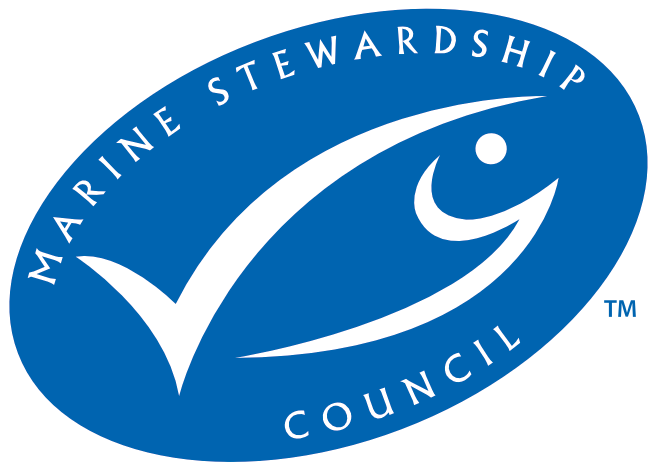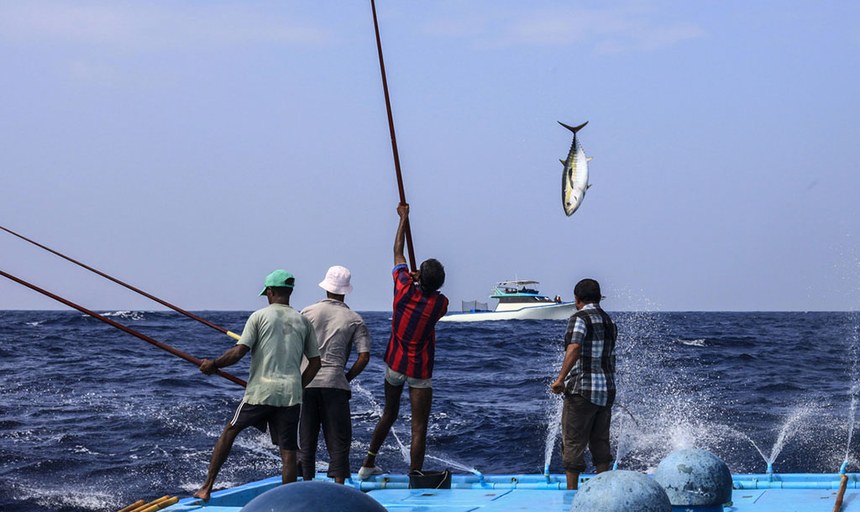
- Certifier :
- Global Trust Certification Ltd.
- Certified status :
- Certified with Unit(s) in Assessment
- Certified since :
- 29 Nov 2012
- Certificate expires :
- 28 May 2028
Overview
Fisheries are composed of one or more parts, each of which is entitled to receive an MSC certificate. These parts or “units” are defined by their target stock(s), fishing gear type(s) and if relevant vessel type(s), and the fishing fleets or groups of vessels.
When the term “Unit of Certification” is used for fishing units that are in assessment, it refers to the “Unit of Assessment” or “Unit of potential certification”. Expand a status below to view the parts that form this fishery. To check the detailed scope, download the latest certificate or open the Assessments page to get the latest report. Find out more by visiting our page on Fisheries
Catch by Species
| Species | Reported Catch Year | Metric Tonnes |
|---|---|---|
| Skipjack tuna (Katsuwonus pelamis) | 2024 | 89,282 |
Information is provided by an independent Conformity Assessment Body as live weight (the weight of species at the time of catch, before processing) and where a fishing season covers multiple years, the end year is given as the reported catch year. Additional information is available in the latest report, see the assessments page.
Eligibility, client groups and vessel lists
A fishery may choose to define the members of the fishery certificate. These members can be vessels or other client group members (e.g. companies that own vessels and/or companies that are named as eligible to handle certified product covered within the fishery certificate scope). Please refer to the fishery certificate statement on additional product specific eligibility criteria (e.g. product eligibility limitations, eligibility date, exclusive points of landing and the point where Chain of Custody certificate is required). Please consult the fishery Public Certification Report for product eligibility rationale.
| Documents | Published on | Files |
|---|---|---|
| Vessel List | 05 Aug 2024 | 1 files |
About this Fishery
NOTE: the certificate for the yellowfin tuna component of this fishery is currently suspended
These two fisheries were certified as sustainable in November 2012. They’re confined within the 200 mile Maldives Exclusive Economic Zone, and only licensed Maldivian vessels may participate. After tourism, tuna is the country’s major source of income and its primary export.
Skipjack are a highly productive tuna exhibiting great variability in life history characteristics.
Yellowfin are fast-moving and wide-ranging pelagic predators and spend the majority of time in the top 100m but making occasional deep dives to much greater depths.
Both species are harvested by the centuries-old pole and line technique: tuna are attracted to the vessels by live bait thrown into the water (usually small schooling reef fish), and then caught on barbless hooks on fibreglass poles. The tuna are then swung on board where they fall onto the deck, and are immediately put into holds with ice. Larger vessels have up to 18 fishers and smaller ones 10.
Market Information
Just under 100,000 tonnes are caught annually (2007). Most of the catch is cooked and then put in cans or pouches for export, mainly to Europe.
